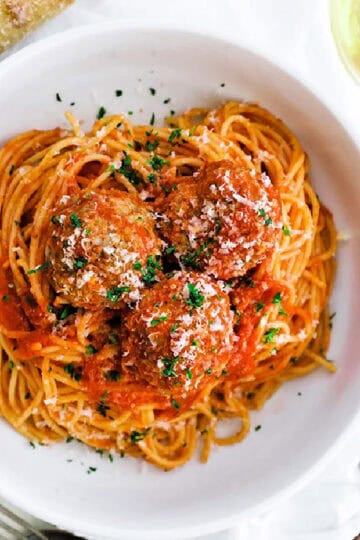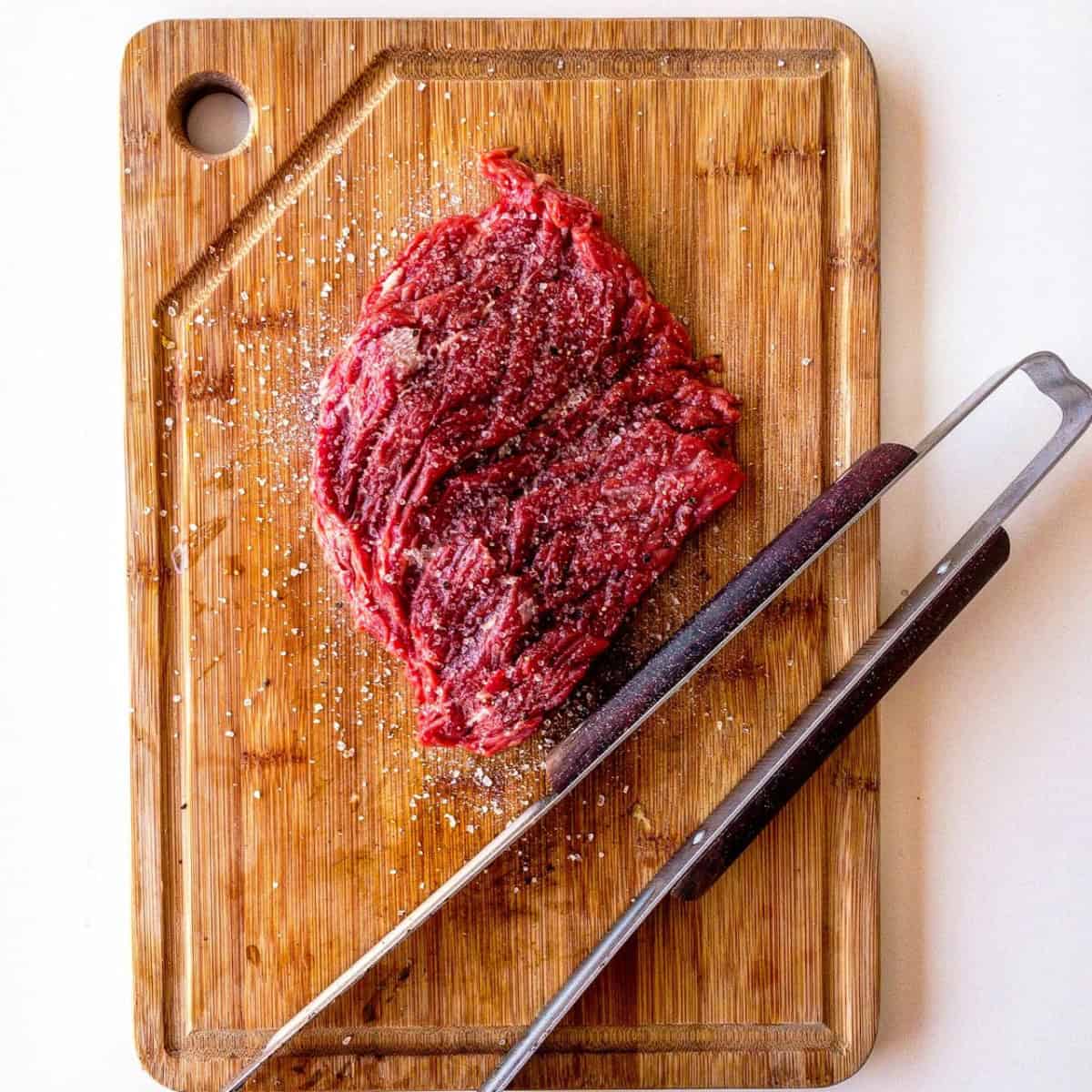Beef is a staple in many diets, and its distinctive taste results from a variety of factors that both consumers and producers should understand and fully appreciate. The beef production process involves numerous elements contributing to the meat's ultimate flavor as it moves from the farm to the table. Among these, the diet and environment in which ranchers raise cattle play significant roles in determining the taste of beef.
How Different Foods Can Affect Taste
The cattle's diet greatly influences the flavor of beef. When cows graze on grass, they tend to produce meat with an earthy quality and a game-like taste. This type of feeding usually results in beef with a firmer texture and a more robust flavor profile. In contrast, grain-fed cattle typically produce meat with a richer and butterier flavor. The higher fat content in grain-fed beef, known as marbling, contributes to a juicier texture and enhances the overall taste experience and mouthfeel of the meat.
Incorporating supplements into the cattle's diet can slightly alter the flavor. For instance, introducing oils or plant extracts can add unique flavors to the beef, allowing farmers to cater to diverse consumer preferences by providing a range of flavor options. Consumers can explore these varied flavors through an online beef store, which offers convenient access to different types of beef tailored to specific tastes.
Factors in the Environment Influencing Beef Flavor
The taste of beef is not solely determined by the cattle's diet but also by their environment, including the climate and soil quality of the regions where they graze. Cattle raised in rich pastures and favorable climatic conditions tend to produce meat with a more complex and diverse flavor profile compared to those raised in drier environments with limited vegetation options.
The stress levels experienced by cattle throughout their lives can significantly impact meat quality. A peaceful environment generally results in more flavorful meat, as stress can trigger the release of hormones that affect the texture and taste of beef. Therefore, maintaining a stress-free life for cattle is crucial for enhancing the overall quality of the final product.
The Effects of Handling and Processing
Following the harvest stage, the aging process plays a crucial role in developing beef's flavor. Dry aging enhances the taste by allowing enzymes to break down muscle fibers, producing more tender and flavorful meat. This technique can impart a nutty flavor that many enthusiasts highly appreciate. In contrast, wet aging involves vacuum-sealing the meat to preserve moisture, which leads to a different flavor profile.
The methods of processing also influence the development of flavors in beef production. Producers need to adhere to guidelines to maintain the desired taste of beef. Proper cutting, packaging, and storing techniques help preserve the meat's flavors, while improper handling can result in altered tastes and reduced quality. Utilizing a reputable beef store ensures that consumers receive properly processed and high-quality beef products.
Consumer Preferences and Trends
Consumer choices significantly impact the beef industry. Some consumers prefer the flavor of grass-fed beef because it is leaner and considered better for the environment. Others favor grain-fed beef for its marbling and rich taste. This preference diversity has led producers to offer various beef options to meet different tastes and dietary needs. There is also a growing emphasis on ethical farming methods and increased awareness among consumers about the environmental impact of their nutritional choices.
This shift in mindset encourages producers to adopt practices that prioritize animal welfare and ecological sustainability, influencing the taste and quality of beef products. By embracing these sustainable and ethical practices, producers can better align with consumer values while enhancing the overall quality of their beef.
In Summary
Diet and environment profoundly influence the flavor of beef. These factors work in tandem to create a range of taste profiles that cater to diverse consumer preferences. Understanding these elements empowers consumers to make informed choices that align with their tastes and values. Meanwhile, producers can leverage this knowledge to create beef products that meet consumer demands while maintaining high quality and sustainability standards. As the beef industry continues to evolve, recognizing and appreciating the factors affecting beef flavor are becoming increasingly important, ensuring that consumers and producers can enjoy and deliver the best possible beef.





Leave a Reply